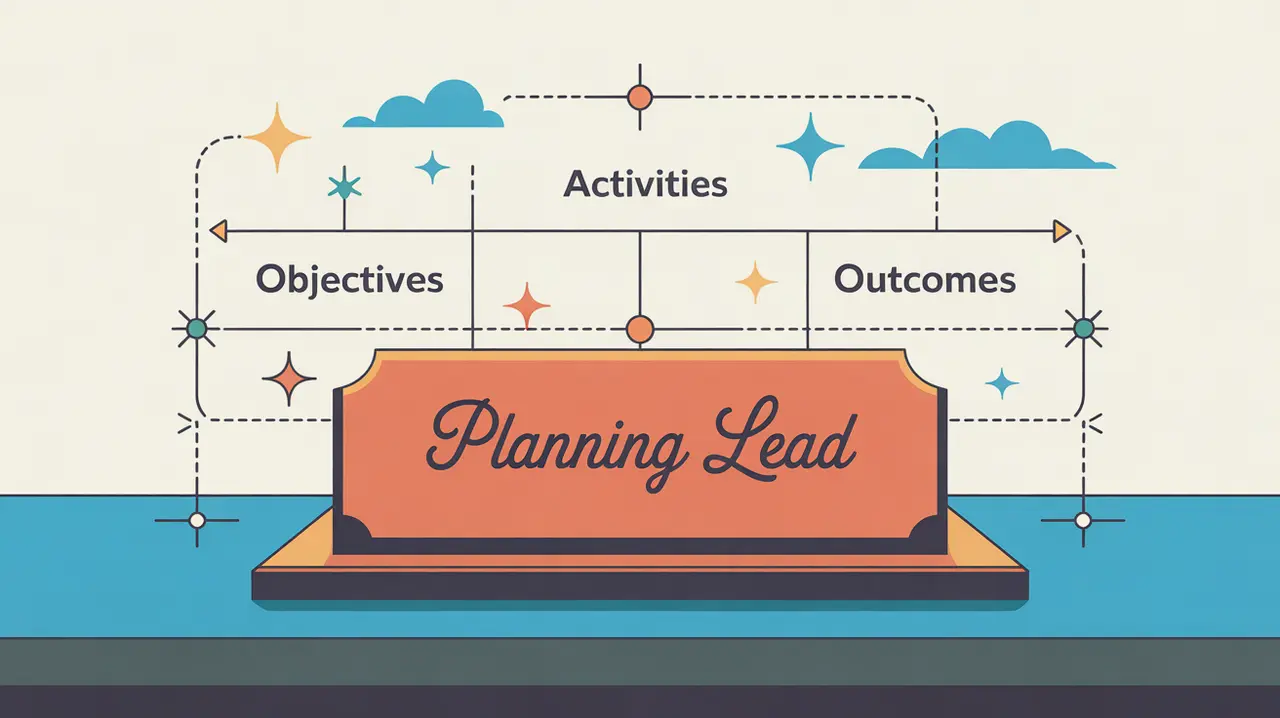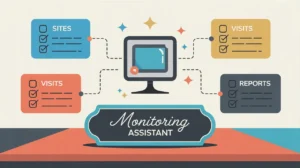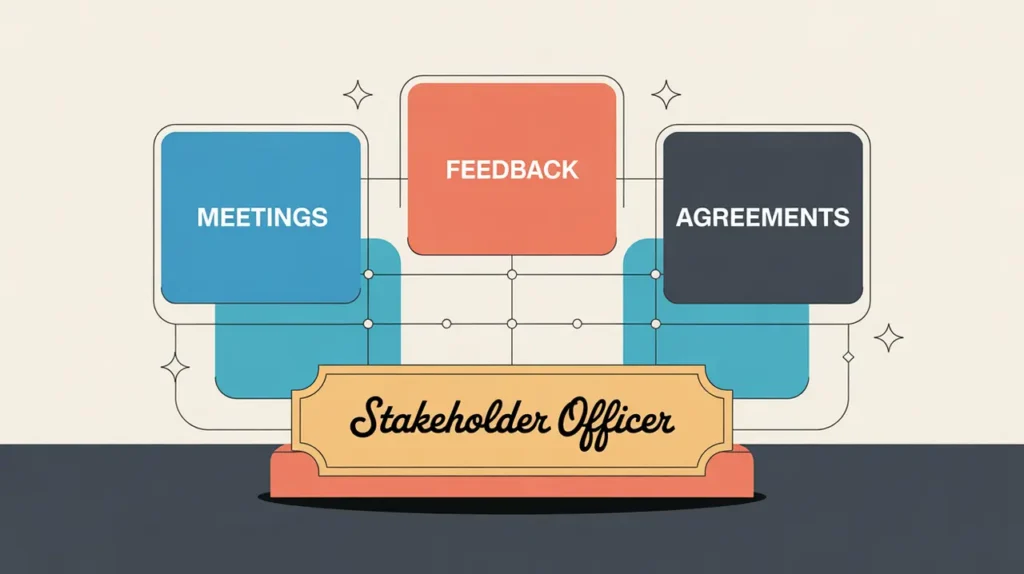What Does the Planning Lead Role Involve?
A Planning Lead is responsible for overseeing organizational planning processes, ensuring that strategic, operational, and programmatic plans are well structured, evidence-based, and effectively coordinated across teams. They design planning frameworks, facilitate planning cycles, manage timelines, and align departmental plans with organizational goals. Planning Leads play a central role in turning strategic vision into actionable plans, ensuring that priorities are clearly defined, resources are allocated effectively, and progress is tracked.
In nonprofits and social enterprises, Planning Leads are key to ensuring coherence between strategy and execution, enabling organizations to operate with clarity, accountability, and adaptability.
At What Level does this Role Operate?
Mid to Senior Level: Planning Leads typically operate with significant responsibility, reporting to a Director of Strategy, Chief Operating Officer, or Program Director. They often coordinate planning efforts across multiple departments and may supervise specialists or clerks who provide planning and data support.
Relative Employability: Planning Lead roles are in growing demand across nonprofits, social enterprises, and development organizations that require structured planning processes to manage complexity and scale. Their skills are valued in organizations undergoing strategic shifts, growth, or multi-program coordination.
Relative Pay Scale: Planning Leads usually occupy the mid to upper-mid pay bands. Their compensation reflects their strategic contribution and coordination responsibilities, sitting above specialist or officer roles and below director-level strategy positions.
What are the Key Responsibilities and Activities?
- Design and manage organizational planning frameworks and annual planning cycles
- Facilitate cross-departmental planning processes to ensure alignment with strategic priorities
- Define planning timelines, milestones, and deliverables, ensuring clear accountability
- Coordinate data collection and analysis to inform planning decisions
- Translate strategic objectives into operational and programmatic plans with measurable targets
- Monitor the implementation of plans and flag variances, risks, or bottlenecks
- Prepare planning reports and presentations for leadership and boards
- Supervise and support planning specialists and clerks, ensuring quality and consistency across planning outputs
What Core Competencies and Qualifications are Needed?
Required Qualifications and Experience
The following reflect common qualifications and experience expected for this role, while recognizing that pathways may vary by context, organization, and region.
- Relevant academic background in strategy, public policy, business administration, program management, or related fields
- Several years of experience in strategic or operational planning, preferably within nonprofit or mission-driven contexts
- Demonstrated experience coordinating complex planning processes across multiple teams
- Familiarity with strategic frameworks, data analysis tools, and planning software
Key Competencies
- Strategic and systems thinking with the ability to structure organizational priorities
- Strong facilitation and communication skills for cross-team collaboration
- Project management and organizational skills to manage multiple timelines and deliverables
- Analytical skills to interpret data and inform planning decisions
- Capacity to drive alignment between strategy and operations
- Leadership and team management abilities
How are AI and Automation Shaping this Role?
An AI-native Planning Lead can use AI tools to integrate data from across departments, generate planning scenarios, and forecast outcomes. Automation can streamline planning cycles by managing timelines, reminders, and document versioning. Predictive analytics can identify potential risks or resource gaps early, while generative AI can help produce draft plans, summaries, and reports. These capabilities enable Planning Leads to focus more on strategic alignment, facilitation, and adaptive planning.
What Career Pathways and Transferable Skills are Associated with this Role?
Planning Leads can advance to roles such as Director of Strategy, Chief Operating Officer, Program Director, or Head of Planning and Performance. Their skills are transferable to strategic planning, operations leadership, and program management roles across sectors. Over time, they may take on greater responsibility for shaping organizational strategy or leading enterprise-wide transformation initiatives.







